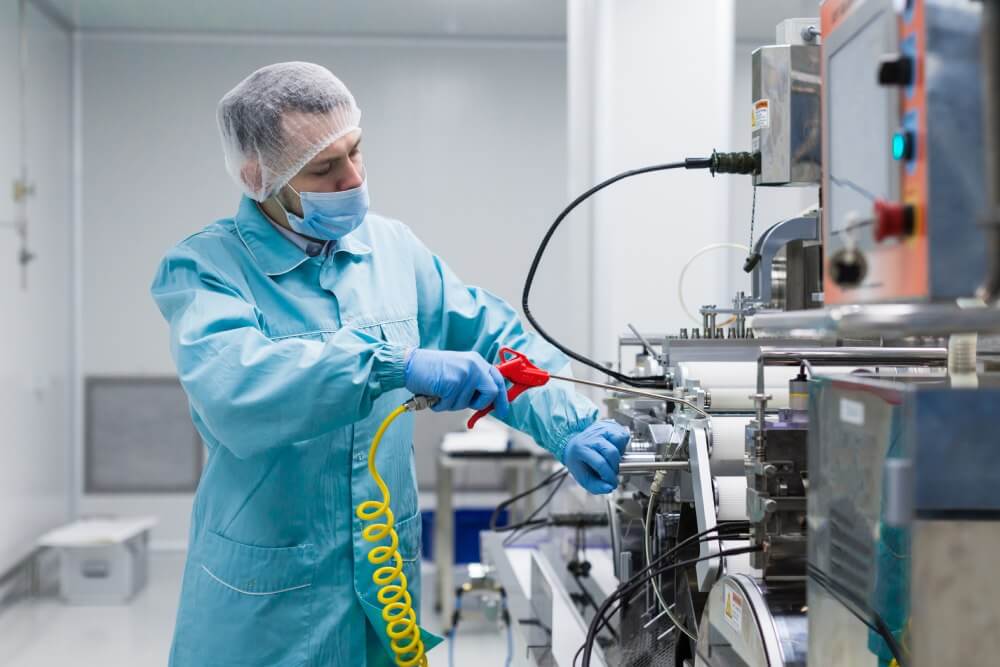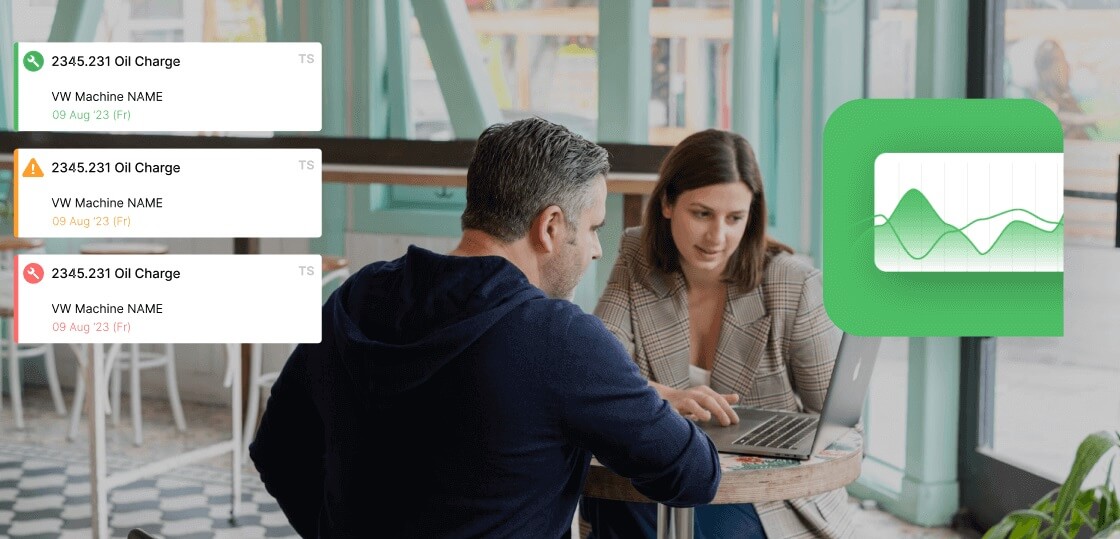Let's walk through that frustrating problem with Press #7 and see how a modern system powers a real solution.
Step 1: Find Your Target with OEE Data
A good Root Cause Analysis doesn't start with a gut feeling; it starts with good data.
Mike kicks off the process by pulling up his Fabrico OEE dashboard. The downtime Pareto chart is crystal clear and undeniable: the #1 downtime event last week was "Press #7 - Unplanned Stop."
This data-driven diagnosis is the perfect, unbiased starting point for his 5 Whys investigation.
Step 2: Ask the First "Why" and Dig into the Data
Mike gets his team together, including the operator and the technician who responded to the last failure. He states the problem.
Problem Statement: "Press #7 went down unexpectedly."
1. Why did the press go down? The operator, Tom, answers, "Because the main drive motor overheated and faulted out."
Now, Mike needs to verify this. He uses the Fabrico CMMS to instantly pull up the complete asset history for Press #7 on his tablet. He sees the last three work orders were all related to motor alarms, which confirms Tom's story.
Step 3: Continue the Chain of "Whys"
The team keeps digging.
2. Why did the motor overheat? The technician says, "Because it was working too hard and wasn't getting proper lubrication."
3. Why wasn't it getting proper lubrication? The technician quickly checks the maintenance history in the CMMS and finds the answer. "Because the quarterly Preventive Maintenance task to lubricate that motor was missed."
4. Why was the PM missed? Mike reviews the CMMS records for the missed PM. "Because we had a stockout of the required specialty grease."
5. Why did we have a stockout? Mike checks the parts inventory in the CMMS. "Because the grease was never set up with an automatic reorder point in our inventory system."
The Root Cause: In just a few minutes, the team has moved from a "broken machine" to a "flaw in our inventory process." This is a problem they can solve permanently.
Step 4: Create a Trackable Cure (The Most Important Step)
This is where most Root Cause Analysis events fail. The team finds the answer, writes it on a whiteboard, and then everyone gets pulled into the next fire. The solution is never implemented.
In a modern, integrated system, the process doesn't end on the whiteboard. Right there in the meeting, Mike uses the Fabrico CMMS to create two trackable corrective actions.
First, he creates an immediate work order to replace the damaged motor and perform the overdue lubrication PM. Second, he assigns a task to the storeroom manager to set up a minimum stock level and an automatic reorder point for the specialty grease in the system.
The cure is now a formal, assigned, and trackable task. It's a guarantee that it will actually get done.







